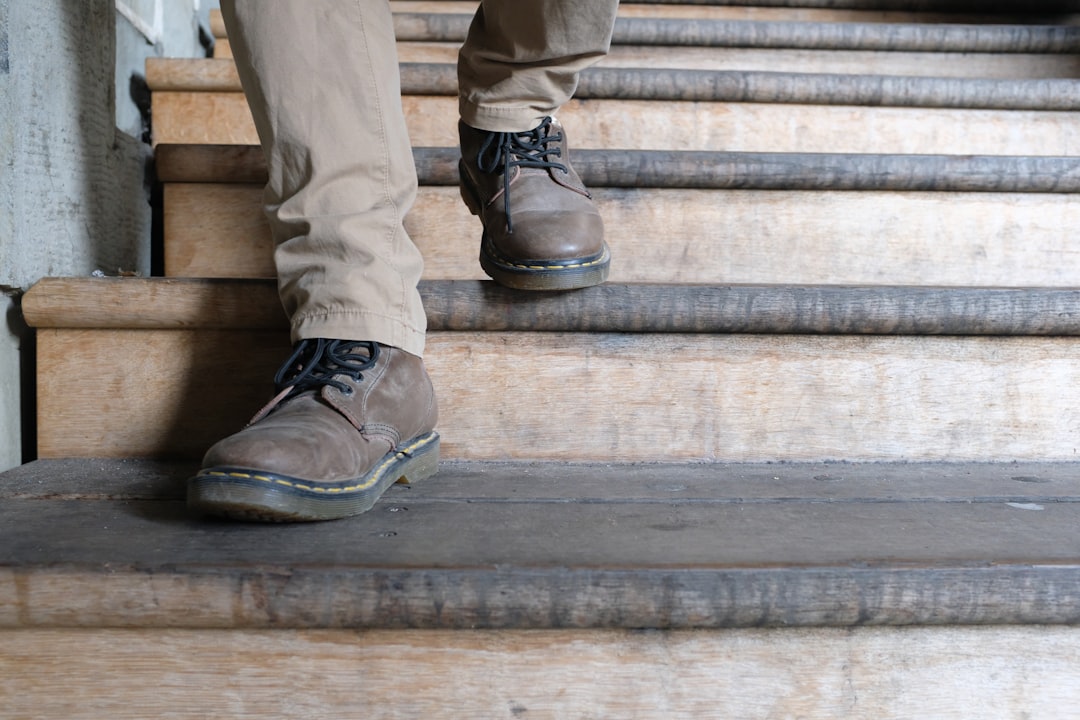Understanding the Cost to Put Hardwood on Stairs
Installing hardwood on stairs can significantly enhance the aesthetic and value of a property. For construction professionals, understanding the cost dynamics is crucial. The cost to put hardwood on stairs typically ranges from $2,300 to $5,800 for a standard 12-tread staircase. This includes mid-grade prefinished red oak, standard width, and basic trim. High-end materials or complex designs can push costs to $10,000 or more.
Average Price Range for a 12-Tread Residential Staircase
Based on industry data, the cost for a 12-tread staircase generally includes:
- 12 treads and 13 risers
- Mid-grade prefinished red oak
- Standard 36-inch width
- Basic skirt boards and shoe molding
Exotic species or custom designs can increase costs significantly.
Why a Single Number Never Tells the Whole Story
Stair installation involves multiple cost factors:
- Materials: treads, risers, nosing, adhesives, fasteners, matching trim, stain or finish
- Labor: demolition, stair prep, cutting, test fitting, fastening, sanding, finish coats
- Site variables: demolition complexity, squeak repair, code upgrades, floor protection
- Project overhead: waste factor, delivery fees, cleanup, permit or inspection costs
Material Choices and Their Impact
Hardwood Species
- Red Oak – Cost-effective and widely available
- White Oak – Durable with a modern grain pattern
- Maple – Smooth appearance, challenging to stain
- Walnut, Hickory, Exotic Imports – Premium aesthetics with higher costs
Prefinished vs. Site Finished
- Prefinished treads offer quick installation but limited color options
- Site finished allows custom color matching but requires additional labor
Additional Trim Elements
- Skirt boards and riser veneer for a wrapped look
- Coves or returns where stairs meet drywall
- Open-side miters or false stringers for exposed balustrades
Labor Breakdown: What Goes Into Each Step
Proper installation of hardwood treads involves several labor-intensive phases:
Typical Labor Phases
- Demolition and Prep – Remove existing coverings, repair squeaks, check code dimensions
- Dry Fit – Measure and cut treads, risers, and skirts precisely
- Installation – Secure components with construction adhesive and finish nails or screws
- Sand & Finish – Sanding progresses from 80-grit to 120-grit before stain and clear coats
- Final Detail – Caulk, touch-up stain, install shoe molding, and clean work area
Using CountBricks to Generate Rapid, Reliable Stair Quotes
CountBricks leverages AI technology to streamline the estimating process, providing real-time regional pricing and instant PDF proposals. This ensures accurate and efficient project planning.
DIY vs. Professional Installation
While DIY can save on labor, it carries risks such as mis-measurements and uneven substrates. Professional installation ensures quality and compliance.
How Stair Design Complexity Impacts the Budget
Straight Run
Least expensive; fewest miters and no custom railing transitions.
L-Shaped or U-Shaped with Landing
Additional skirts, mitered returns, and landing nosing add 15–25%.
Curved or Spiral
Requires bespoke bending of treads and handrails, often doubling both labor time and material waste.
Pro Tips for Controlling Costs Without Sacrificing Quality
- Choose prefinished treads if color-matching to existing floors is not critical
- Keep railing system changes minimal; reuse sound balusters and newel posts
- Schedule stair work alongside main-floor hardwood installation to share mobilization costs
- Use CountBricks AI to compare red oak versus white oak pricing in seconds
Next Steps: Turn Insight into Action
For contractors and homeowners, accurate takeoffs are essential. CountBricks' AI can help map every tread and riser, allowing for precise budgeting and planning.
Case Spotlight: From Ballpark Figure to Signed Contract in One Afternoon
A San Antonio remodeler used CountBricks to streamline a 14-tread oak stair replacement. Previously requiring multiple site visits, the process was completed in 27 minutes using the CountBricks app.
How It Happened
- Voice Walkthrough – Dimensions and details were dictated on-site
- Instant Takeoff – AI generated a 3D model with regional costs
- Client Review – Options for prefinished vs. site finished were presented
- Final Proposal – A branded PDF with pricing and timeline was sent instantly
Results
- Estimate accuracy within 1.8% of final invoiced amount
- Signed agreement and deposit the same day
- Labor hours spent on paperwork reduced by 90%
Why Contractors Rely on CountBricks for Stair Projects
- Automated code compliance alerts prevent costly rework
- Change-order management updates material and labor totals instantly
- Integration with CountBricks invoicing ensures every tread, riser, and quart of finish is billed
Take the Next Step
CountBricks provides clarity and efficiency for stair projects, turning complex upgrades into predictable, profitable ventures. Sign up for a free onboarding session today at CountBricks.com.

